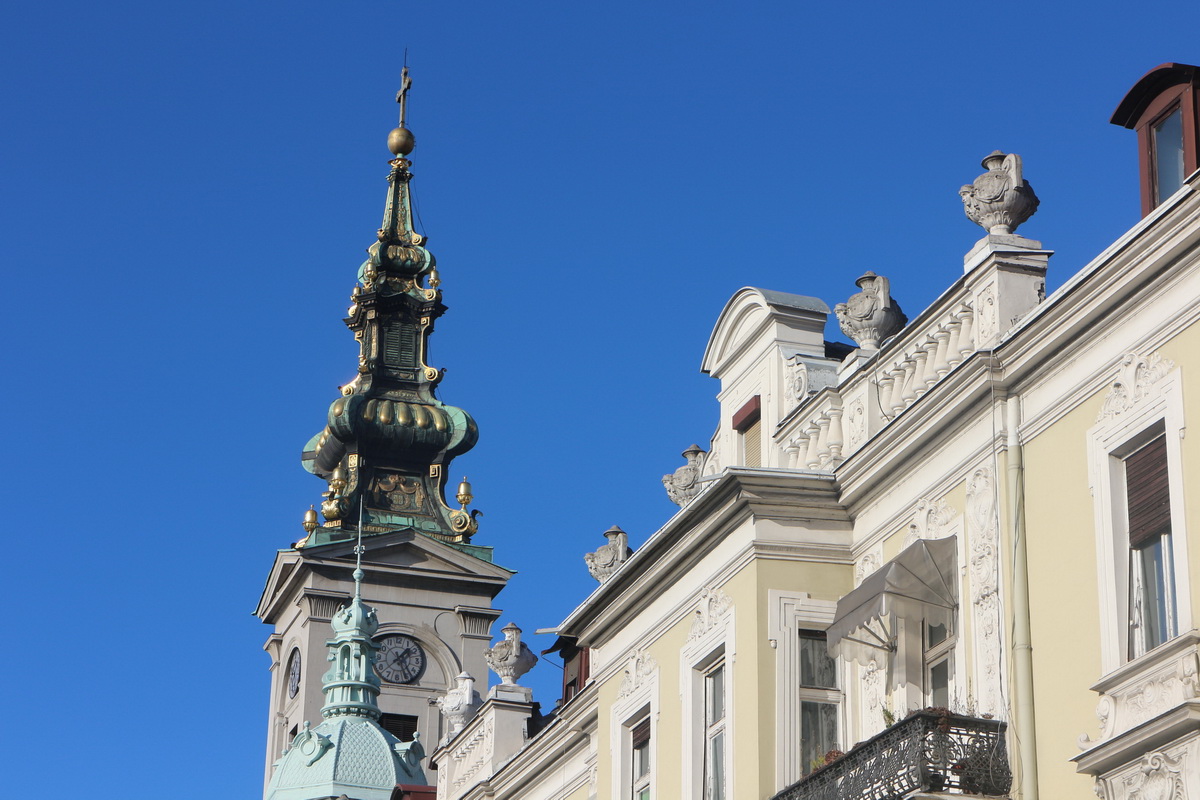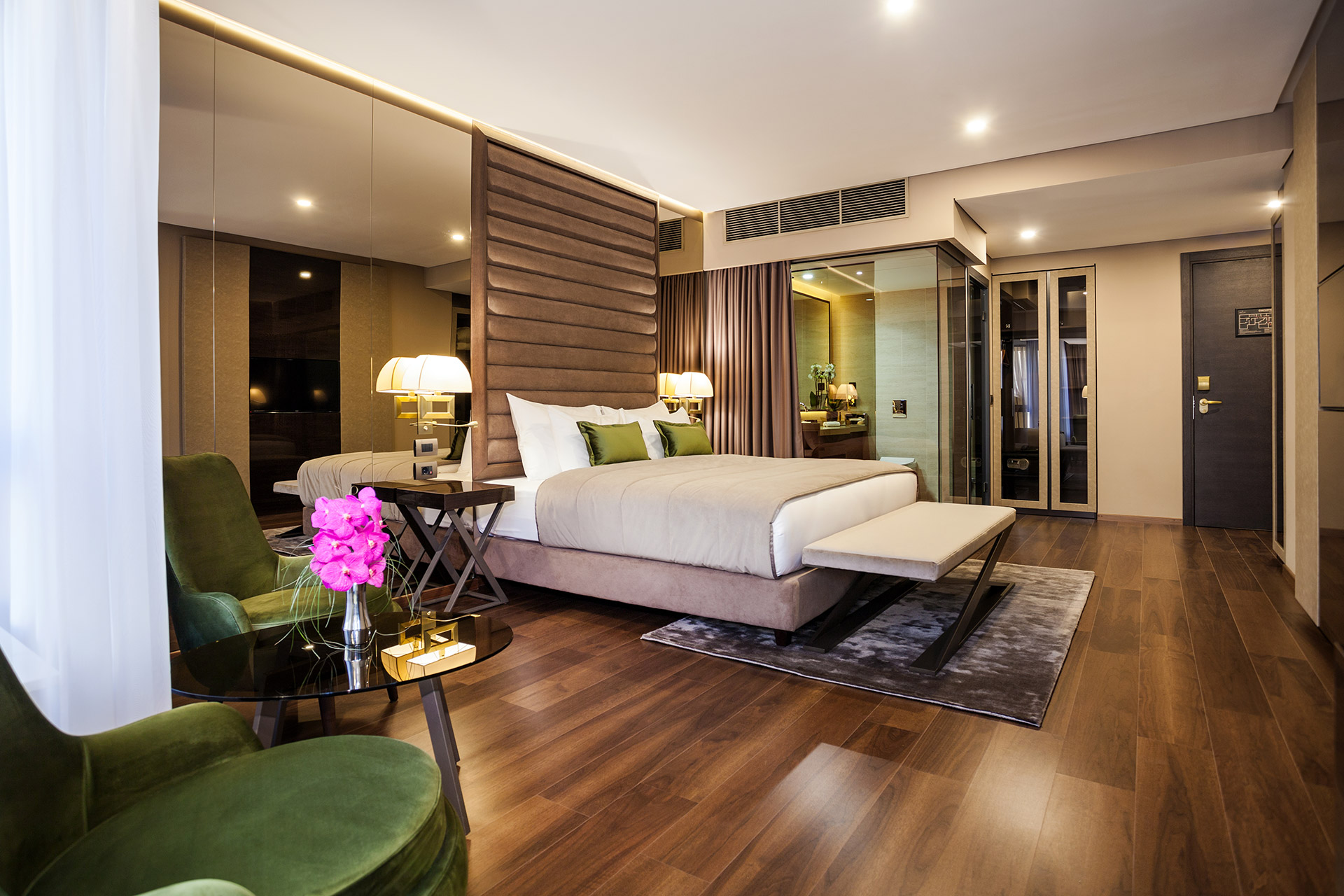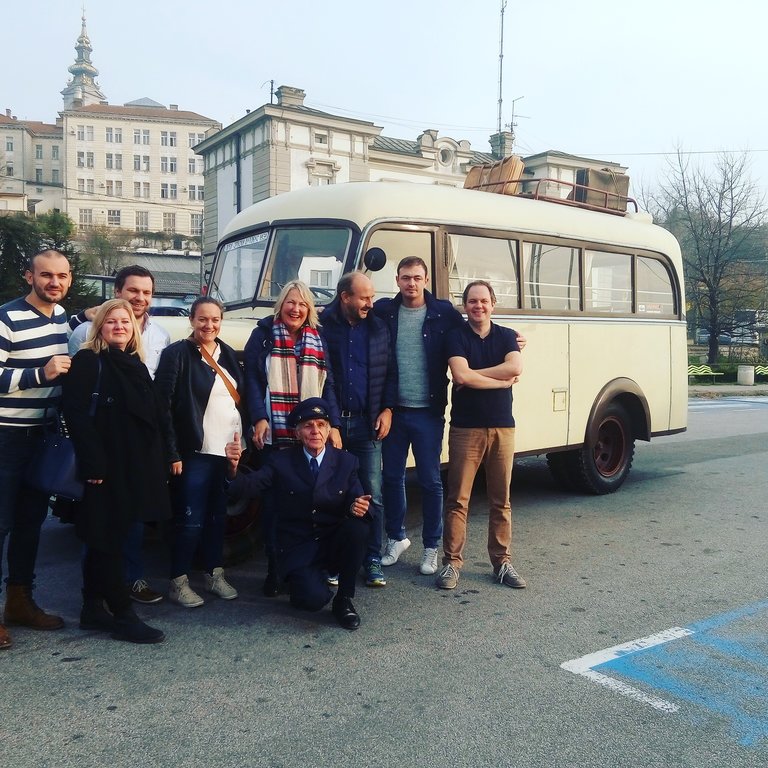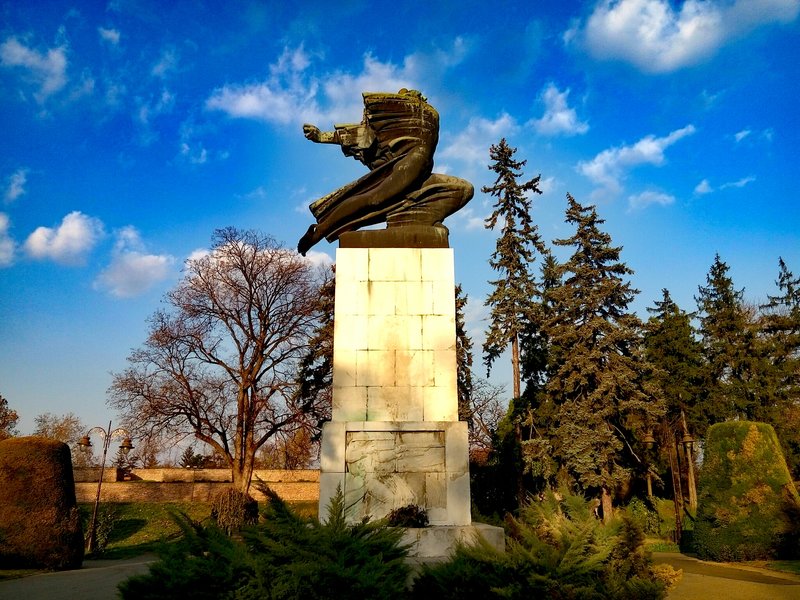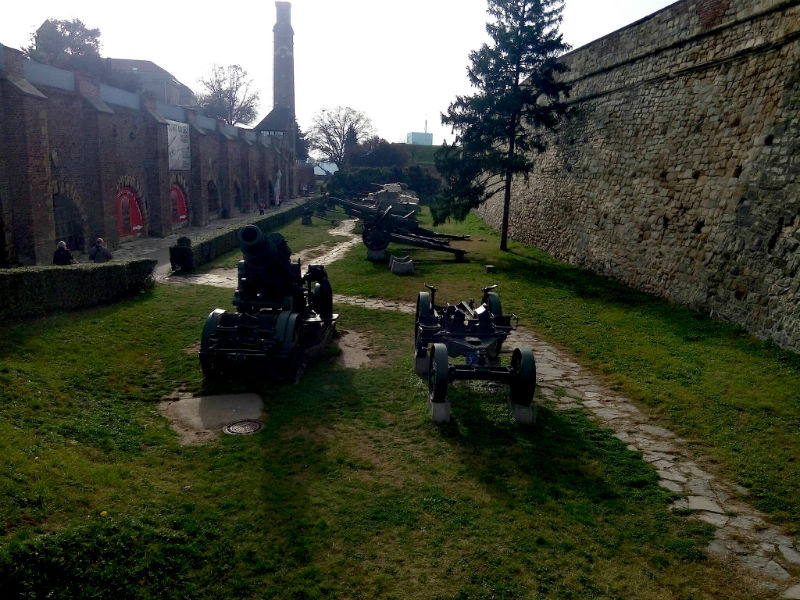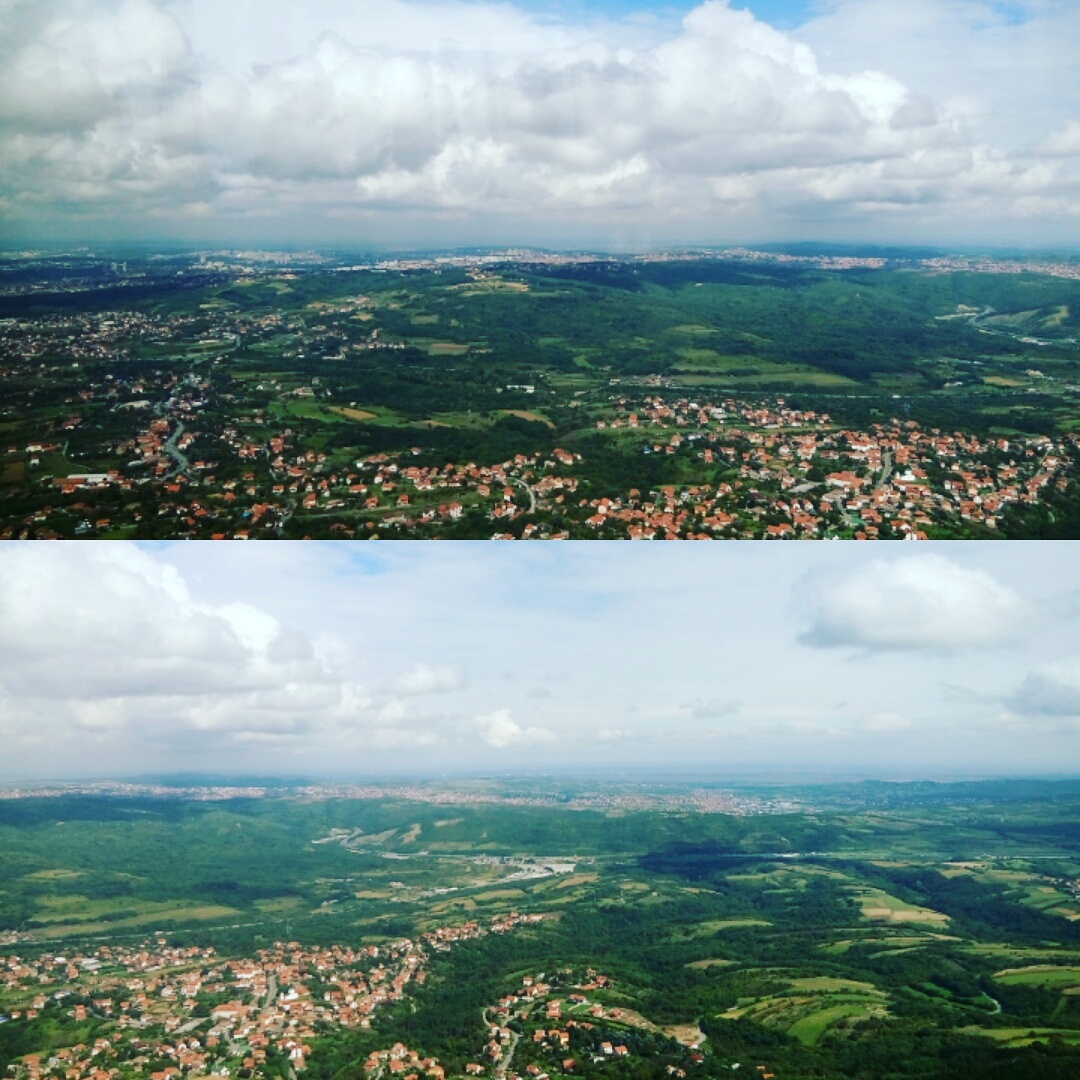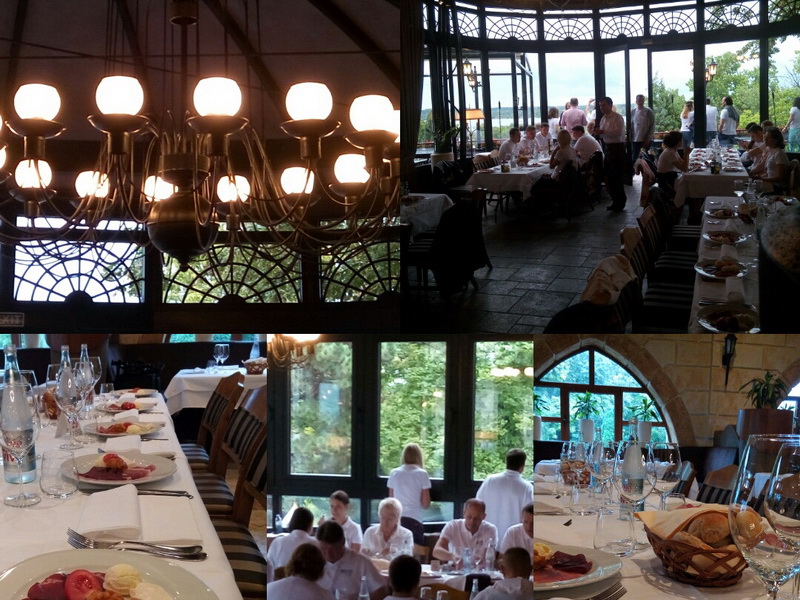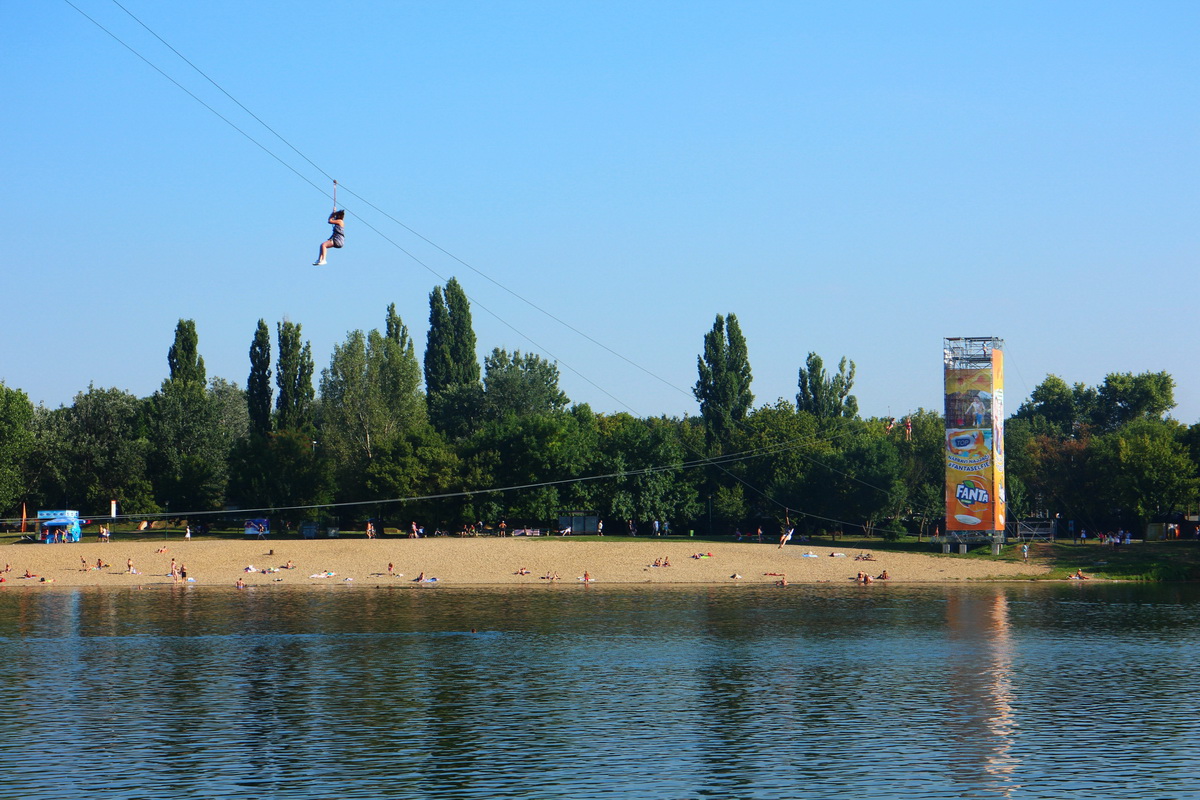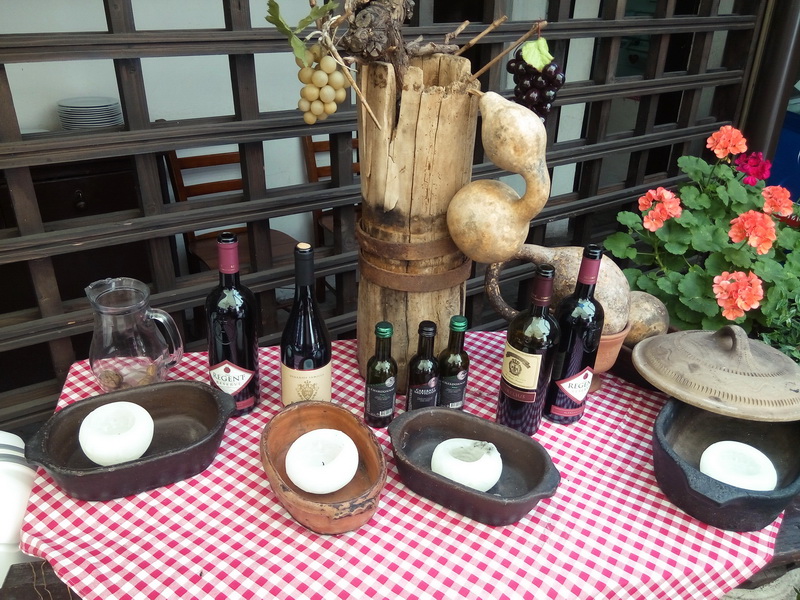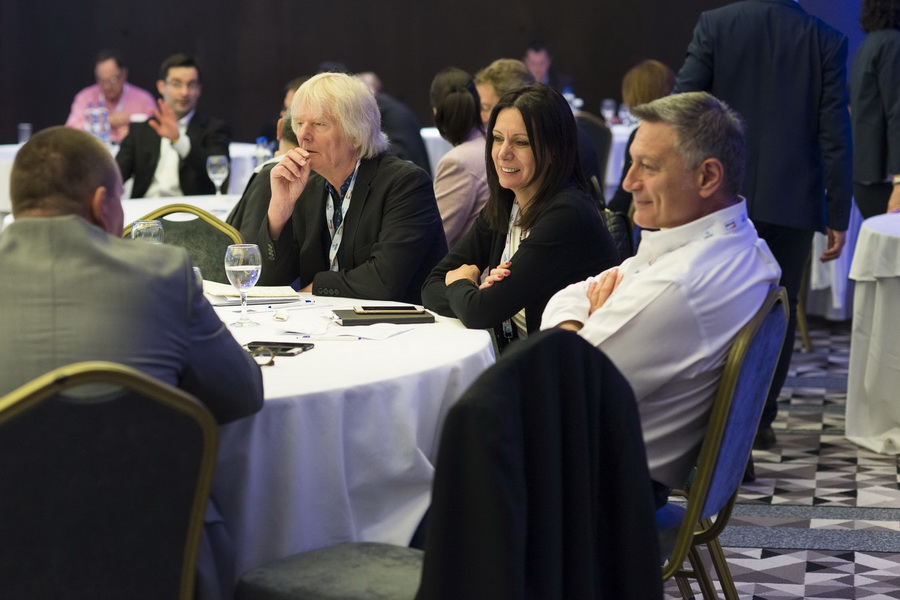Saint Ten – New 5* Hotel in Belgrade
The brand new Saint Ten 5* hotel is suited in the old building in Svetog Save 10 Street that was built by the famous architect Stojan Veljkovic in 1929. Veljkovic family has a long family history that left a tremendous mark in the history of Belgrade. As a well-known family they were involved in politics since their existence and were owners of many buildings and even of the first Bank of Vracar. Stojan Veljkovic was a popular architect of that time. As a polite, handsome and well educated man he is known for unique architectural style that shows in many buildings in our city. History shows that he was a mason, thus he used many masonic symbols in his architectural expression and this can be clearly seen in our hotels façade.
Besides the beautiful architecture and the famous family background the old building was used to host many important political events in the history of former Yugoslavia. The history of the building is under the veil of many political gatherings. The one that stands out is the famous Cvetkovic Macek Covenant that represents a historical moment for the past of our country.

The rumor has it that the famous MI6 agents were paid out in this building too. But this is the mystical part of the entire building and its concept that we let our guests discover for themselves. In order to preserve the importance of this location and all the events that took place in this old building, our Ministry Suites with their unique balconies were preserved in respect of the heritage that the building carries. Through interior and exterior design we aim to retain the historical charm in fusion with the modern architecture creating a perfect blend that is rare and unique in this city.

SAINT TEN Hotel features 54 rooms and suites which reflect the residential luxury of Vracar. We offer an intimate luxury ambience in an environment where every aspect of the hotel was designed with attention to details incorporating all the functionalities needed to assure the luxury level of service and comfort for all our guests.
The hotel was built in a sustainable manner to satisfy the highest needs of business guests. With our uniquely personalized service and special attention to details we offer our guests world class amenities and a memorable stay.
Featuring a fine dining restaurant with an irresistible menu inspired by local produce and worldwide cuisines, our SANCTUS Restaurant offer the perfect food fusion tailor-made to satisfy even the most peculiar tastes.
Moreover, the SAINT TEN Hotel also features THE COVENANT MEETING ROOMS, 5 meeting spaces ideal for your business meetings or conferences tailor-made to meet the highest demands of business guests. As a creative alternative for special events SAINT TEN offers a multifunctional space located on the 6th Floor with an open terrace specially designed for both cocktails and board meetings or special events such as private dinners or birthdays in a fully equipped room.

Treat yourself with an unforgettable experience and stay at SAINT TEN Hotel, our comfort and personalized service are designed for those who appreciate a supreme standard, highest elegance and have a taste for unique experiences.
Experience Belgrade in different way
Winter months can be “not-so-interesting” in Belgrade. Snow, cold wind and trees without leafs don’t inspire people about anything… But!
We have asked our 80-years-old compañero Branko to pick up our clients from Belgrade Airport “Nikola Tesla” by his 80-and-something-years old bus and to bring them downtown. Smile on their faces has encouraged us to tell them the truth: “Welcome to Belgrade, we are very sorry about the bus, this one is the youngest that we could find”.
Since our clients appreciated the old bus very much, we have decided to offer them a unique city experience – an unforgettable and memorable drive in a 40-year-old Yugo cars. While having a ride in these cars, they have experienced a part of the history in a car that was named after the country that does not exist anymore – Yugoslavia.
And just for the record, we didn’t just drive our clients through the city, we also enjoyed delicious Balkan cuisine in few Belgrade restaurants.
Monument of Gratitude to France
On 11 November 1930, the 12th anniversary day of the end of the First World War, a memorial of gratitude to France in Belgrade’s Veliki Kalemegdan Park was formally unveiled in the presence of King Alexander and Queen Maria, the royal government, the delegation of the French government, Serbian war veterans, distinguished citizens, associations, schools, and a large crowd of people.
In the decisive days of the war after the epic battles of the Serbian Army, its perilous withdrawal across Albania and the almost inconceivable feat of breaching the enemy lines on the Salonika (Macedonian) Front, a military alliance and friendship between two countries had been forged. After the war, Serbian intellectuals gathered around the Association of French Schools Alumni and the Society of Friends of France initiated erection, in Belgrade or Paris, of a monument to France, as a token of gratitude for her military and educational aid during and after the war, and of the friendship built in the days of greatest trials. In 1924 the Committee for Erecting a Monument chaired by Niko Miljani? (1892–1957), a physician, one of the founders of the Belgrade University School of Medicine, was set up. The Committee succeeded in raising considerable funds within a short span of time. Of relevance to the history of the monument is also the year 1921, when Belgrade City Council made the decision to erect a gratitude and honor memorial to the French soldiers who had lost their lives defending Belgrade in 1915.
After the war, the Kingdom of Serbia ceased existing as such, becoming part of a newly created complex state, the Kingdom of Serbs, Croats and Slovenes, subsequently Yugoslavia, and Belgrade, as its capital, saw a period of reconstruction and embellishment. In 1928, the City Council of Belgrade allocated a parcel of land in Kalemegdan, formerly possessed by the Army, for the monument: “in the most beautiful part of Kalemegdan Park, which commands one of the most beautiful European landscapes, and in the vicinity of which the home of France will be rising soon” (the French embassy built in 1928–32). France responded to this gesture by setting up monuments to King Peter I the Liberator and King Alexander I the Unifier in Paris, memorials in Orleans and Marseilles, and by naming one of central Paris avenues after King Peter I of Serbia.
The design of the monument was entrusted to the world renowned Croatian sculptor Ivan Mestrovic , who made a model in his Zagreb studio . The sculpture was cast in fourteen pieces at the Art Foundry of the Academy of Fine Arts using the lost wax technique. The pieces were joined to form two halves of the vertically divided sculpture, transported to Belgrade and assembled together on the site. The monumental figure, over four meters tall, represents France rushing to Serbia’s aid. The expressive movement of the allegorical female figure, an important motif in Mestrovic’s sculptural work, evokes and glorifies the national spirit of France, suggesting energy, leadership, courage and faith.
Engraved on its front are the year of erection and the dedication “A la France”, and on the back, the inscription “We love France as she loved us 1914–1918”.
Military Museum, Belgrade
The Military Museum in Belgrade was founded in 1878. The museum has over 3000 ancient and modern items. These include Roman swords and helmets, Greek helmets and daggers, Serbian heavy knight’s armor, axes, shields, helmets, crossbows, armored gloves, as well as Western medieval weapons. There are also more modern guns, firearms, and elements of soldier’s uniforms and equipment. Dioramas, plaques, and displays illustrate the use and historical context of the museum’s collection. It was founded by the Decree of Prince Milan Obrenovi? IV on August 22, 1878 on preposition of Minister of the Army, colonel Sava Gruji?.
The first permanent display was opened in 1904, coinciding with the 100th Anniversary of the Serbian Revolution and as a part of King Petar`s Coronation Ceremonies. Soon after its foundation, the Museum entered Europe by participating in the Balkan Expo in London in 1907. There, with around 100 carefully chosen objects, the Museum attracted the attention of the London public and it was described in local newspapers. The Museum’s building was destroyed by Austro-Hungarian forces during the First World War, and countless priceless collections were destroyed or were seized. Again, more than two decades had past before the new Display opened. King Alexandar I Karadjordjevi? issued a Decree of Founding the Military Museum in the Kingdom of Yugoslavia. Brigadier Vojislav Vukovi?, major of Royal Court, became the director of the Museum. The Systematical collecting of objects started and numerous donors, former soldiers and their descendants responded. Their names were signed in a special “Golden Book”, the work of famous Russian artist Vsevolod Guljevi?. The book is still kept in the Military Museum. A new, permanent Display was opened in 1937 in two buildings of which one is today a residence of City Bureau for the Preservation of Monuments.
During the Second World War, the collections suffered new devastation. However, according to the program of occupation troops, some cultural institutions with Military Museums among them continued their work during the occupation. The collecting of objects and their preservation was the main responsibility of the museum staff. The Allied bombing of Belgrade in 1944 brought new destruction of the museum buildings and collections. Inside the museum’s main building, the exhibits are found in a single long hall progressing from ancient through medieval and then towards modern. All exhibits are labeled in the Serbian Language in both Cyrillic and Latin, as well as English. Outside the museum’s main building, there are numerous tanks, howitzers, and armored cars of many types. Some were acquired during World War II, when they were captured by the Red Army and Yugoslav Partisans from retreating Nazi and Axis forces (Belgrade Offensive). These decommissioned tanks and artillery pieces line the walls and paths leading into the Military Museum from two directions. Recent exhibits address NATO actions against Serbia in 1999, including the controversial use of cluster bombs, depleted uranium, and graphite bombs, some of which are claimed to be in violation of international law. A well-known exhibit features parts of a US F-117 stealth aircraft which was downed by a Serbian S-125 Neva/Pechora. The Military Museum is located inside the walls of the historic Belgrade Fortress, situated at the confluence of the Sava and Danube rivers. The Belgrade Fortress is located within a popular park known as the Kalemegdan Park, near the center of the city.
Great view from Avala Tower
The Avala Tower is a 204.5 m (671 ft) tall telecommunication tower located on Avala mountain in the periphery of Belgrade. The original tower was finished in 1965, but was destroyed by the NATO bombardment of Serbia on 29 April 1999. On 21 December 2006, the reconstruction of Avala Tower commenced and the tower was officially opened at a ceremony on 21 April 2010. It is currently the tallest tower in the Balkan region.
The views from the monument and the tower are tremendous. The views from the top of the tower itself are really great.
The tower was designed by architects Uglješa Bogdanovi? and Slobodan Janji?, and engineer Milan Krsti?. Construction started on 14 October 1961 and was completed four years later in 1965. The tower weighed 4,000 tonnes (3,900 long tons; 4,400 short tons). Between 102 m (335 ft) and 135 m (443 ft), there was an enclosed observation deck. It was the only tower in the world to have an equilateral triangle as its cross section, and one of very few towers not perched directly into the ground, but standing on its legs. The legs formed a tripod, the symbol of Serbian tripod chair. It is one of the small number of towers to be constructed in that manner.

The Avala Tower was destroyed on 29 April 1999 by NATO bombardment. The Avala Tower was a symbol of pride and a famous landmark, not only of Belgrade and Serbia, but of the former Yugoslavia too. The tower was one of the last buildings to be destroyed before the end of the NATO operation. A special bomb was used to destroy the tower.
In 2004, Radio Television Serbia commenced a series of fund-raising events in order to collect money to construct the building once again at the same place it was destroyed.
In 2005, clearing of the site where the tower was destroyed began and on 21 December 2006 the construction of a new Avala Tower commenced. The opening date was 29 April 2009, the tenth anniversary of its destruction.
Summer, Belgrade, BIOCAD
The summer of 2016 will stay in our memories for a long time because of 2 great events: Olympics in Rio de Janeiro and BIOCAD conference that took place in Belgrade. We can say that we were “very involved” about the second one and we are very proud about that!
We are very pleased to have a client such as BIOCAD. BIOCAD is Russia’s leading innovative biotechnology company; it combines a world-class research and development center, ultra-modern pharmaceutical and biotechnological manufacturing facilities, as well as preclinical and clinical research infrastructure compliant with international standards.
Hotel Hyatt Regency 5* was a good choice for this conference since it is one of the best hotels in Belgrade and it can provide such a service for highly demanding clients. Beside the official program of the conference our client had some time to meet the Capital of Serbia and to enjoy its spirit.
Since BIOCAD is Russia’s leading innovative biotechnology company we had to organize Gala dinner that will fulfill their expectations. For that occasion we have choose Royal Compound as option no.1 for occasion like this one. We have also organized a short tour through the Royal Compound, before the dinner, since it was unique opportunity to represent a piece of Serbian history to our guest. Our friends from music band Belgrade Acoustic Orchestra were on a mission to entertain people from BIOCAD company, and just a quick look on their smiling faces told us – mission accomplished .
Ada Ciganlija – Great Place for Team Building and Sport Activities
Ada Ciganlija, colloquially shortened to Ada, is a river island that has artificially been turned into a peninsula, located in the Sava River’s course through central Belgrade, the capital of Serbia. The name can also refer to the adjoining artificial Lake Sava and its beach. To take advantage of its central location, over the past few decades, it was turned into an immensely popular recreational zone, most notable for its beaches and sports facilities, which, during summer seasons, can have over 100,000 visitors daily and up to 300,000 visitors over the weekend.
Owing to this popularity, Ada Ciganlija has been commonly nicknamed “Belgrade’s Sea”
Ada Ciganlija has a unique ecosystem, creating an oasis in the urban area. Most of the peninsula is forested. The original, thick deciduous forest mainly consists of oaks, elms, birches and willows.
The island has been conceptualized as Belgrade’s focal point for mass sporting activity and recreation, such as great for team building activities. So, it features a great number of facilities, which get more numerous every year. They include: tennis courts, bike paths, volleyball courts, beach volleyball courts, soccer fields, skateboarding ramps and rollerskating paths, basketball courts, a paintball field, baseball fields, rugby fields, kayaking facilities, an artificial rock climbing wall, water slides, rowing facilities, diving range, bungee jumping platform, trim trail, fishing facilities, cable skiing facilities, canoeing facilities, water polo courts, pedalos, zip line and a golf course.
Ada Ciganlija has in the past been a host to a number of local and international water sporting events such as competitions in rowing and kayaking. The very first golf course in Serbia has been built on this island in recent years along with a golf club house, a golfing store, golfing school and a practice range. This golf course is also the seat of the first and so far only Serbian golfing association.
Tavern Question Mark “?”
Did you know Tavern “?” was built in 1823 as a property of Miloš Obrenovi? I, Prince of Serbia, designed by an unnamed Greek architect. It was first used by Macedonian diplomat and merchant Naum I?ko, after which Prince Miloš gave it to his personal doctor Toma Kosti? known as E?im Toma (e?im is a Turkish word for doctor) for his efforts during the Second Serbian Uprising.
Realizing its favorable location, E?im Toma soon converted it into a tavern that was known around town as” E?im Toma’s tavern”. During the early 1830s the tavern (Serbian “kafana”) was frequented by famous Serbian linguist and language reformer Vuk Stefanovi? Karadži?.
In 1878 its name was changed to “Kod pastira” (Shepherd’s). It got its present unusual name in 1892, during a dispute with the Serbian Orthodox Church authorities over the owner’s intention to change its name to “Kod Saborne crkve” ( Next to Belgrade Cathedral ), to which the church authorities vehemently protested, not wanting to see a cathedral’s name in the name of a tavern. So, as a temporary solution, the tavern’s owner put a question mark on the door, and it soon became the official name of the place. For a while, out of respect for the church, smoking was prohibited inside the tavern, but this didn’t last.
Today, you can enjoy in the authentic ambience of this XIX century restaurant, its music program and national food and drinks that are prepared in a traditional way.
Tavern “?” is located in the heart of Belgrade. Its atmosphere and its charm make it an iconic gathering place for Serbian bohemians. The offer of the restaurant includes the specialties of national cuisine and excellent drinks that are simply irresistible.
Diners Club International EMEA Partner Meeting
Diners Club International EMEA Partner Meeting conference took place at Hotel Metropol 5* at beginning of June .
We are very proud to be their partner in such a big project like this conference was. We have also helped our client to meet the capital of Serbia in manners of good host. The participants of conference have had a chance to see Royal Compound and Kalemegdan Fortress, Knez Mihailova Street and Republic Square, to taste famous Serbian rakia but also to try Serbian cuisine in popular Belgrade restaurants.

